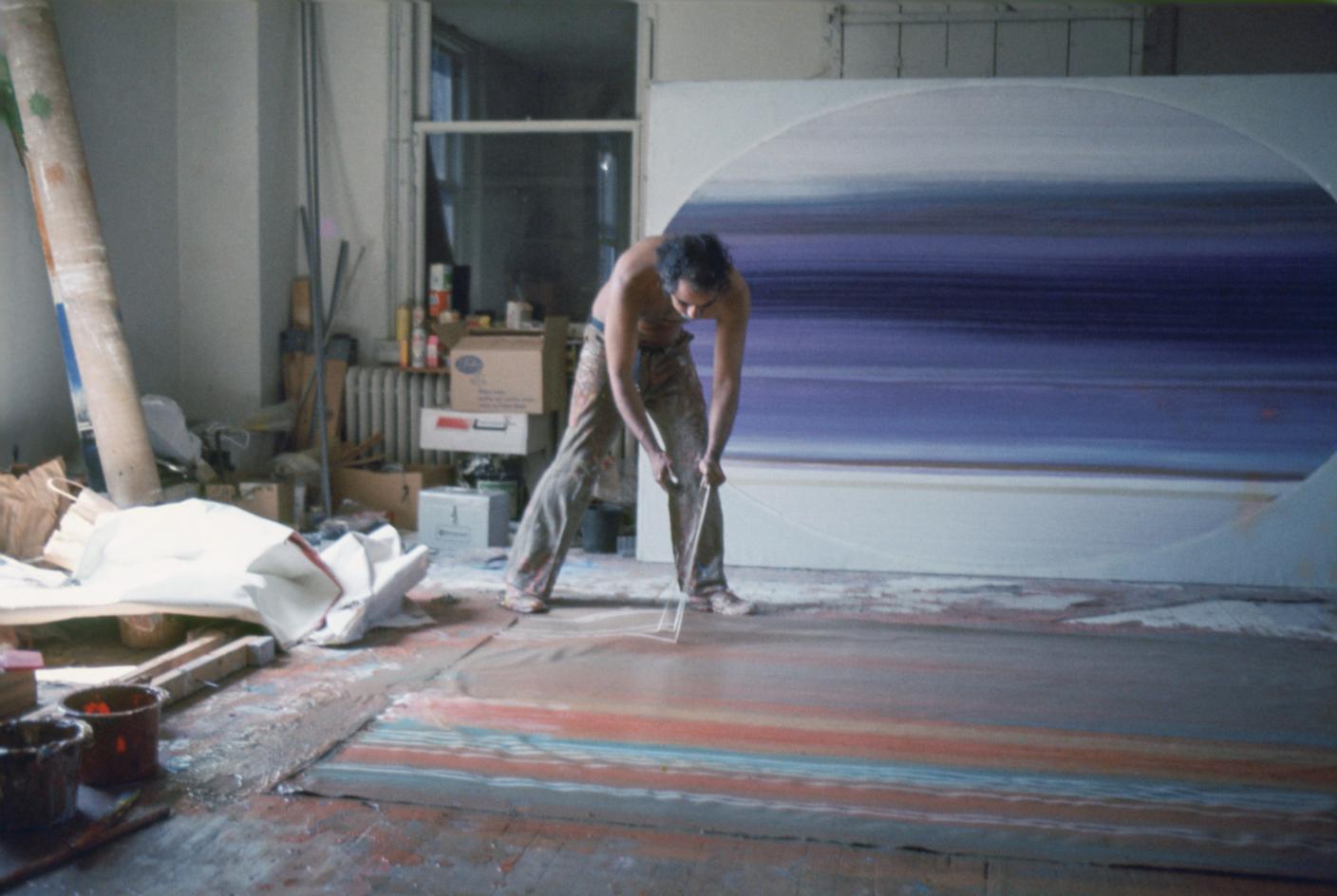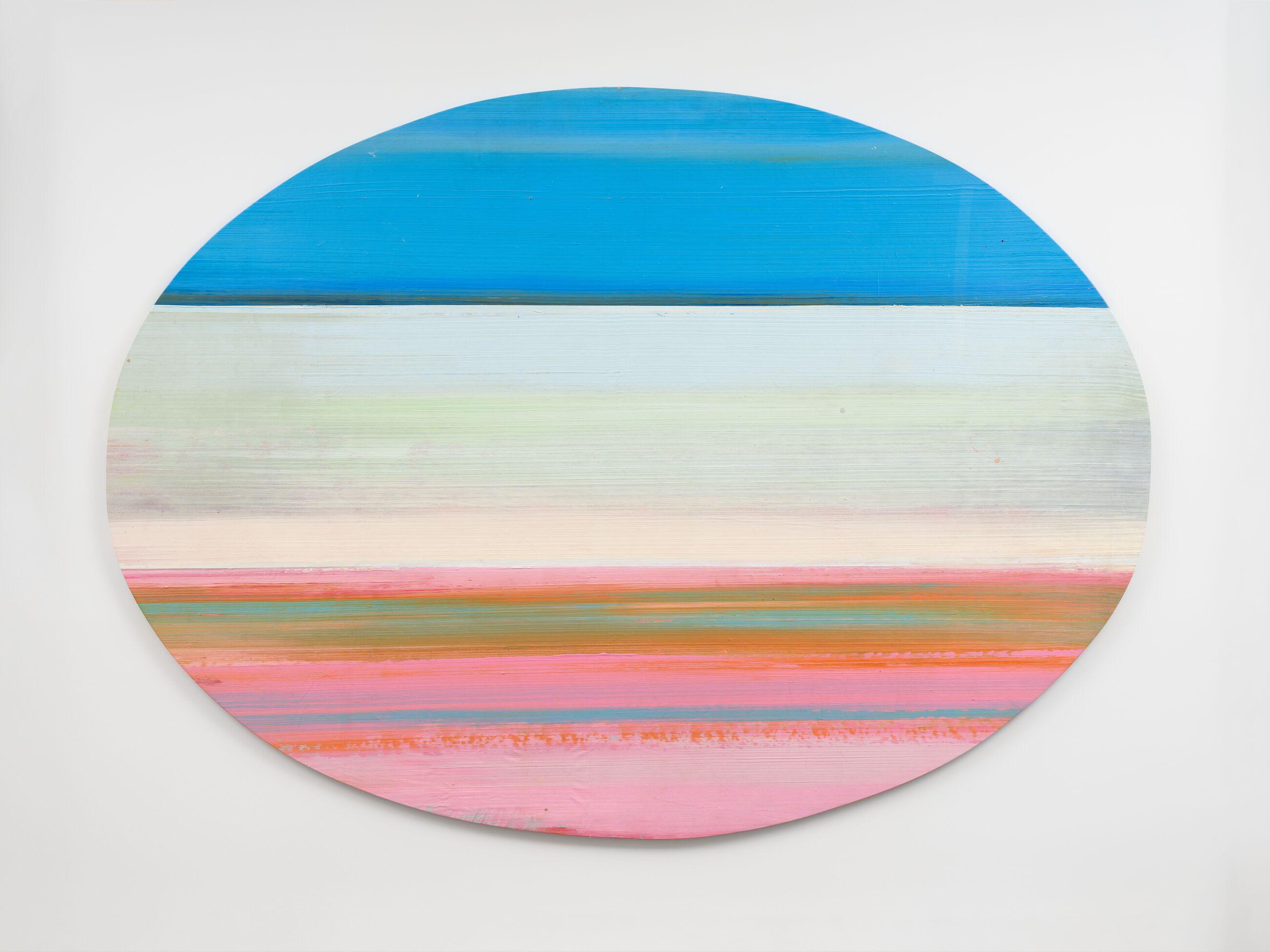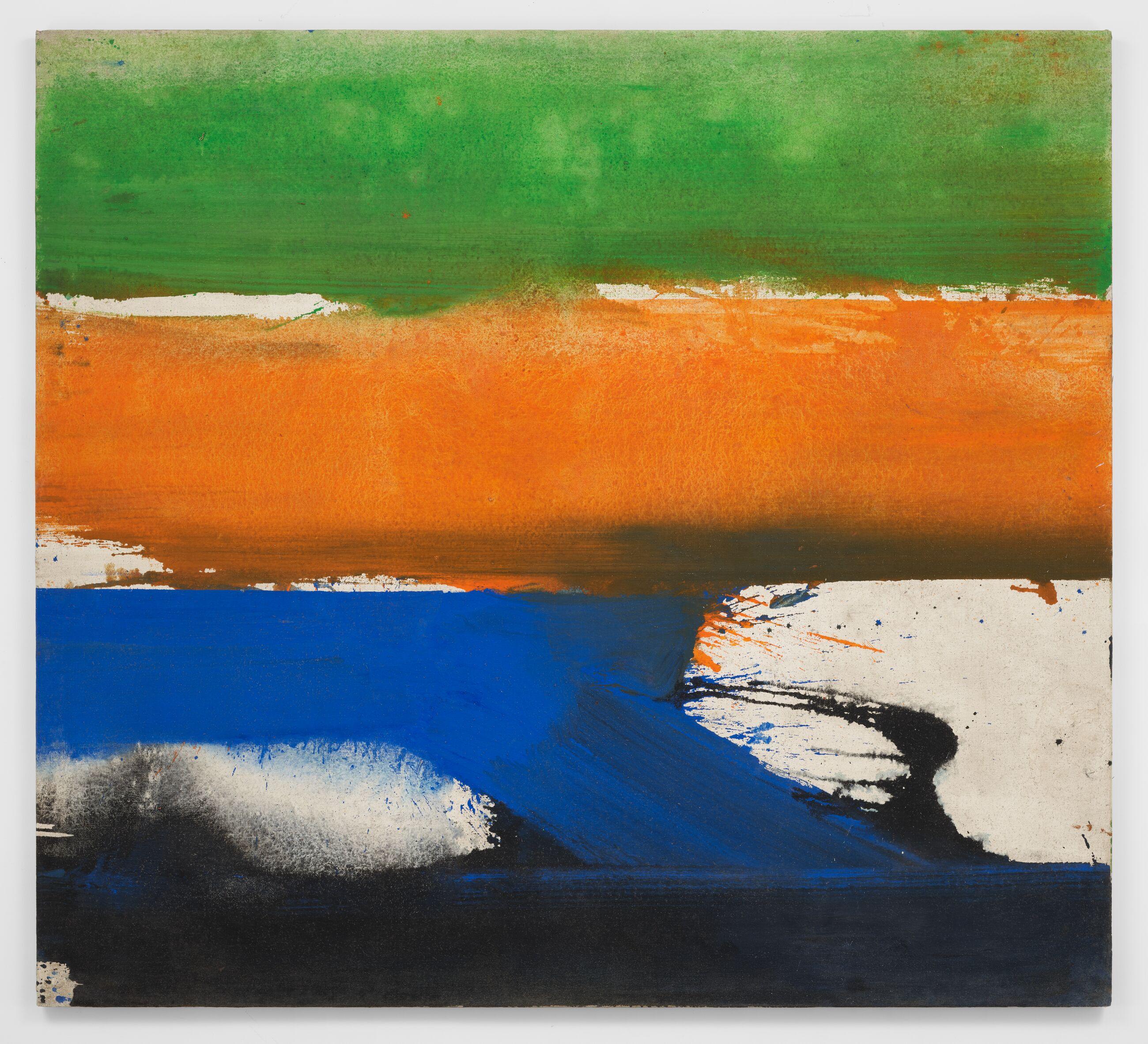After serving in World War II in Guam, Clark studied at The Art Institute of Chicago under art historian Helen Gardner and artist Louis Ritman. The GI Bill enabled him to go to Paris in 1952 where he enrolled at the Académie de la Grande Chaumière for a year. For the rest of the decade, his time was split between New York and Paris, where he avoided much of the racial and political turmoil of the 1950s and ‘60s in the US.
His race was seldom an issue among Parisians, but his nationality was. “A lot of the French didn’t think much of American artists then. I mean the Musée d’Art Moderne de la Ville de Paris, when I went there, didn’t have one fucking picture by an American artist. They didn’t have any! They didn’t think much of American art in general,” Clark told artist Jack Whitten in a 2014 interview in Bomb Magazine.
In the same interview, he recalls a time in the early '70s when, unbeknownst to him, MoMA picked up six of his paintings to include in a show on black art. When he found out, he confronted them. “I went to the Museum of Modern Art. You go upstairs and there they all were. And then the guy comes out. He’s very nice to me. I’m not saying he did anything wrong,” Clark says. “It’s how I felt about it. I didn’t want to be in a show called Black Art.”

































